What do you use to amend sand (south Florida soils) for roses?
Kimberly Wendt (Florida Z. 10b)
last year
Featured Answer
Sort by:Oldest
Comments (18)
Related Discussions
What do you think about amending soil?
Comments (3)If your soil isn't well draining Turface will certainly help but otherwise it's an inert substance and won't add anything. I use it for my cacti and succulents and add it to potting mixes that need better drainage. It's used to make most of the gritty mixes. I agree with Kathy, put them somewhere a bit cooler or maybe use a salt marsh hay type mulch to try and keep the roots cooler. You could also paint your containers white to reflect the heat. Not sure if that will work or not and you want the heat early in the season. Most of mine don't bloom well during the hottest part of the season and only take off when it cools down. My arborea and Snowbank didn't even begin to bloom until the winter. Lots of fertilizer, micronutrients and water. Good luck....See MoreWhat do you use to amend your soil?
Comments (5)Wow - Willow what a great price for Vermiculite! And I've been buying the skimpy bags at the garden centers for the same price. Thanx for the tip! I love all my fresh compost too - Yesterday I turned 2 big piles and started a new one. The last 2 I dug in and spread around was a marvelous experience! I bet a health study would show positive benefit form inhaling fresh compost aroma. Preparing soil today - for planting my *first-ever* FOUR Dahlia beds - with Tubers sent by Poochella! This is so exciting. Quite a few are showing sprouts already - so I'm really eager to get 'em in the ground. I'm mixing soft crumbly peat (NO gukky clumps) into mixed sterile steer compost today - that looks and feels really good: dark with light texture, so I couldn't resist mulching a bunch of transplants with it - so i needed to make even more. Then will dig that in this week - to new lasagna beds that were turned under in last few weeks, after having been covered with cardboard, coffee-grounds & mounded leaves all winter. The lasagna soil gets broken up to a crumbly state, then a spade of fresh home-made compost goes in - with the steer-peat mix for each wide planting hole - mixed well into the origional average dirt that formerly hosted grass. Then planting time - will be irresistable - Should I wait for planting till I buy more Perlite - (or that vermiculite) or is the 1/3 peat, 1/3 dirt, with the 2 kinds of compost mix good enough to keep soil both light and free from baking/compacting in summer? I'm leaning toward adding perlite or vermiculite first - so tubers can form more easily for sharing. (In Oregon it gets VERY wet sometimes, and also so HOT that the ground can bake into near concrete...) Besides STAKES, Can you think of anything else that should be added for better bloom, stronger stems, disease resistance, etc? For Powdery Mildew prevention - I am considering using an early Comfrey foliar spray. And I've realized realize I've got borage in the garden - not comfrey - and I bet that would work *equally* well - but to my knowledge has not been thru the formal studies. Any opinion/experience? I'm SO ready to go on this! I sorted alot of tubers into groups today and added the individual markers to each set so none get lost once planted. I plan to add groups if some mystery glads, Lucifer Crocosmia, and Canary Yellow Crocosmia (also from Poochella), with Liatris (the spiky Purple GayFeather) to the beds for foliage contrast, near existing Roses and Peonies that have nice bronzy leaves. I expect to remove lower leaves from most Dahlias - and I don't really want their bare legs to show. So on borders I'll also plant some smaller flowers and add contrasting foliage plants. Who needs grass in the Front yard anyway?! Mine will be reduced nearly to just a wide path for flower-bed access. I'm mulling how to best do the watering - I think by hand, slow with an aerating wand on the hose, so I can watch everything develop and spot weeds before they compete. Another quick question - I have a free source for Hemlock Bark Dust, that I'm thinking of using it in front just as an edge between grass and the Flowers. Is this OK? I assume Hemlock is too acidic to use more widely as mulch. In back it's being used just for soft walking paths in full sun areas where grass does not do well and only weeds (and my cookng Amaranth) tend to flourish. I look forward to finished planting, & seeing pix of everyone's gardens! Thanx so much for sharing info - I've learned alot already....See MoreWhat tips do you have for South Florida Gardeners?
Comments (4)If you go native, be prepared for the rare deep freeze, like the one two years ago. For example, I am on the edge of zone 10a, which means we can grow coconut palms, but barely. They've grown in my neighborhood for years and years. That freeze killed ALL of them. Not a single coconut palm to be seen now. I'd like to have one, but if I can find room for one, I will have plenty of strands of Christmas lights and a ratty blanket to try to protect it (but that's another thread)....See MoreWhat amendments do you add to soil when planting new roses?
Comments (21)I use a green compost bin that our city loans people to have r vegetation hauled away. Then I put c. a foot of broken crockery on the bottom and a few sawed up branches for drainage, as the bin lacks holes and I put all my fruit and veg trimmings, egg shells and used tea bags in it, after it is 1/3rd full I mix in some chicken manure tea, I use only enough fluid to dampen it, because the bin has no holes in it. then I keep adding the fruit and veg et cetera until it's 2/3rds full , add some more manure tea, I also put in the cardboard rolls from paper towels and toilet paper, and used paper plates. Then after it sits there for c. 6 weeks I turn it out into a 6' long by 2 feet deep trench for it to break down more. As I take it out of the bin I mix it up more, as aeration is an important part of making compost. When I pre-soak the larger chunks of fruit, the completed compost takes a third less time to break down. I make compost c. 4 times a year. It is better than c. 90% of the compost I've ever bought. I used to feel silly giving all my compost to be hauled away by the garbage crews and then paying c. 8 bucks a bag for compost from a store. Now I have wonderful compost at all times available without having to lug it home. One of my favorite gardening memories: when a new batch of compost was ready for her garden, my mother used to run her hands through that rich, dark and friable substance while she wore a soft and endearing expression; as if she were seeing not compost, but was viewing something enchantingly wondrous, as I would if there were colorful precious gems in front of me. As a child I used to think mom was a bit eccentric. Not so much now. Lux....See MoreJoanM
last yeardirtygardener
last yearsharon2079
last yearKimberly Wendt (Florida Z. 10b)
last yearsharon2079
last yearlast modified: last yearKimberly Wendt (Florida Z. 10b)
last yearlast modified: last yearKimberly Wendt (Florida Z. 10b)
last yearsharon2079
last yearKimberly Wendt (Florida Z. 10b)
last yearlast modified: last yearKimberly Wendt (Florida Z. 10b)
last yearKimberly Wendt (Florida Z. 10b)
last yearcarolb_w_fl_coastal_9b
last yearlast modified: last yearKimberly Wendt (Florida Z. 10b)
last year
Related Stories
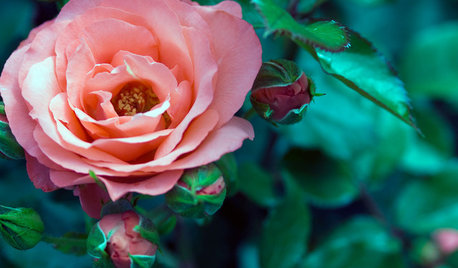
GARDENING GUIDESLearn the Secret to Bigger and Better Roses
Grow beautiful roses using both ordinary and unusual soil amendments
Full Story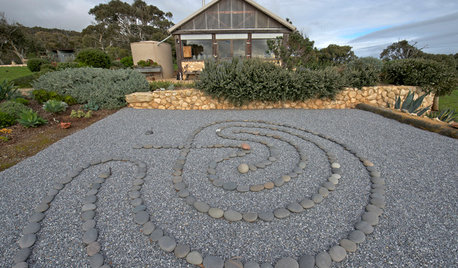
STUDIOS AND WORKSHOPSStep Inside a Stunning Nature-Inspired Sanctuary in South Australia
An Aussie artist lets the natural coastal landscape dictate the design of her creative retreat
Full Story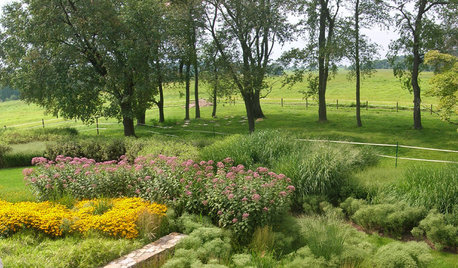
GARDENING GUIDESHow to Stop Worrying and Start Loving Clay Soil
Clay has many more benefits than you might imagine
Full Story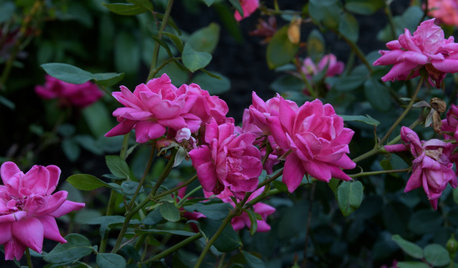
WINTER GARDENINGHow to Plant Bare-Root Roses
Late winter or early spring is a great time to put new roses into the ground
Full Story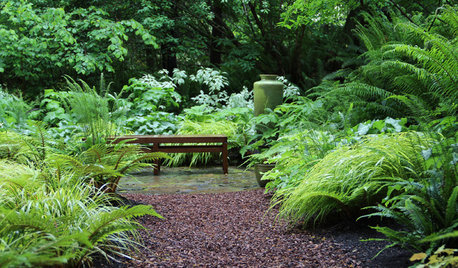
GARDENING GUIDES10 Solutions for Soggy Soil
If a too-wet garden is raining on your parade, try these water-loving plants and other ideas for handling all of that H2O
Full Story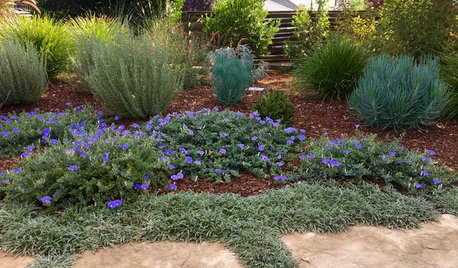
GARDENING GUIDESWhat to Do This Fall to Build Healthy Garden Soil
Take advantage of the cool season to improve soil texture and replenish nutrients
Full Story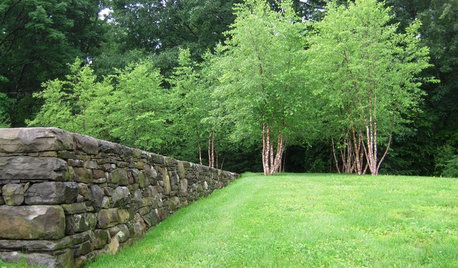
LANDSCAPE DESIGNFlood-Tolerant Native Trees for Soggy Soil
Swampy sites, floodplains, even standing water ... if you've got a soggy landscape, these trees are for you
Full Story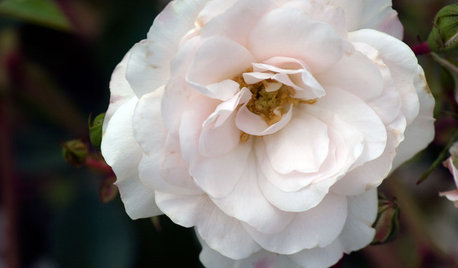
GARDENING GUIDES5 Favorite White Roses for a Purely Beautiful Garden
How does your garden glow? With roses that look like light and smell divine
Full Story
GARDENING GUIDESHow to Pick a Mulch — and Why Your Soil Wants It
There's more to topdressing than shredded wood. Learn about mulch types, costs and design considerations here
Full Story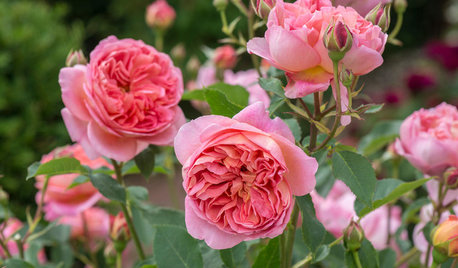
GARDENING GUIDESYou’re Going to Want to Stop and Smell These Roses
See top picks from David Austin’s most fragrant roses in colors ranging from ivory to crimson
Full Story




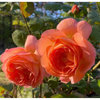
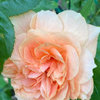
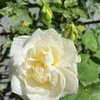
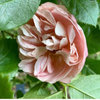
carolb_w_fl_coastal_9b